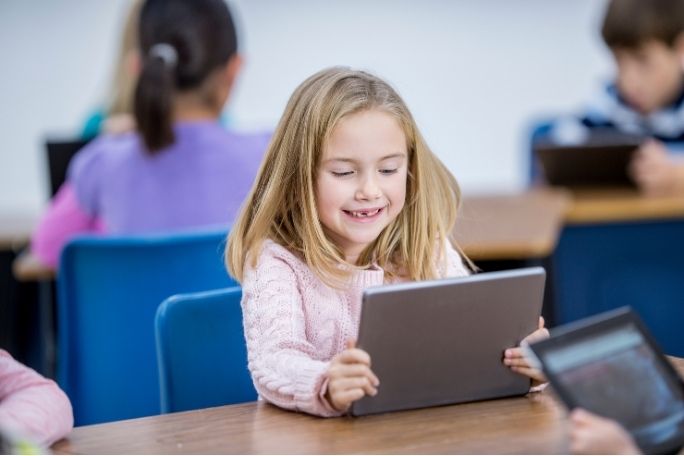Lesson summary
This is a STEAM lesson, which adds the Arts to STEM (Science, Technology, Engineering and Mathematics).
In this lesson, students will learn block coding without the use of a computer. They will make use of simple, familiar symbols to create step-by-step instructions to control the movement of a classmate or character. This lesson can be used as an introduction to coding or to reinforce block coding skills in a new context.
Learning intentions:
Students will...
- know that block coding is a type of computer programming.
- be able to apply block coding techniques to give simple sequences of instructions.
Success criteria:
Students can...
- follow simple block coding sequences
- create simple block code sequences.
Lesson guides and printables
Lesson details
Curriculum mapping
We encourage you to teach STEAM both through and between disciplines (transdisciplinary).
This lesson could be used across multiple strands of the curriculum, including Maths, and English. Consider focusing on a curriculum strand that will complement other areas of learning you and your students are working on.
Syllabus outcomes: MA1-1WM, MA1-14MG, MA1-15MG, MA1-16MG, EN1-1A, EN1-7B.
General capabilities: Digital Literacy.
Cross-curriculum priority: Sustainability.
Time required: 120 mins.
Level of teacher scaffolding: medium – the level of teacher scaffolding will vary based on students’ prior experiences with coding and giving/receiving single-step instructions.
Resources required
- A peg and pegboard set (1 board per student and many pegs to share)
- Black, red, blue, green and yellow markers or crayons
- Coding Commands Factsheet (one per student)
- Create Code Cards (minimum one per student)
- Device capable of displaying videos and presentation
- Follow Code Cards (numerous cards of various levels available for all students to use)
- I Can Code Step by Step Instructions (equipment to project for the class)
- Robot Command Cards (one set per group of three)
- Robot Code Command Summary (printed A3 or projected for the class to view)
Skills
This lesson is designed to build students’ competencies in the following skills:
- Collaboration
- Communication
- Creativity
- Digital literacy
- Social skills
Additional info
This is an original Cool+ lesson.


Welcome back!
Don't have an account yet?
Log in with:
By signing up to Cool.org you consent and agree to Cool's privacy policy to
store, manage and process your personal information. To read more, please see
our privacy policy here(Opens in new tab).
Create your free Cool.org account.
Many of our resources are free, with an option to upgrade to Cool+ for premium content.
Already have an account?
Sign up with:
By signing up to Cool.org you consent and agree to Cool's privacy policy to
store, manage and process your personal information. To read more, please see
our privacy policy here(Opens in new tab).